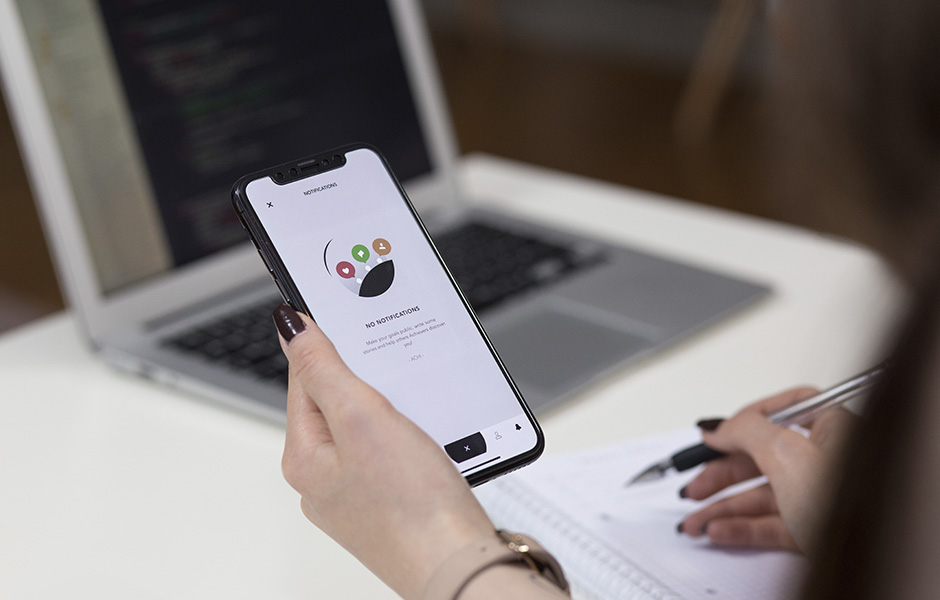Beds that can weigh a patient, watches that can measure our blood pressure, applications that can record our heartbeat. Today, there is a huge diversity of patient data that is recorded and stored in a multitude of increasingly better and more specific software, applications and devices. The problem is that they cannot always communicate with each other.
To solve this problem, a new technology called HS.Helios was created that aims to promote interoperability and systems integration within hospitals, that is, that aims to get the devices “talking” to each other. In practice, this innovative technology acts as a bus, a kind of “central” that allows the exchange of more than one million messages per month, if necessary.
“Hospitals have many different systems, software and machines, with a wide range of purposes and in different medical specialties. We have to make sure they communicate correctly, transmitting data of thousands of patients effectively and safely”, says Ricardo Cruz Correia, researcher at CINTESIS – Center for Health Technology and Services Research and leader of the project “Demonstrador HS.HELIOS”.
As the name implies, the project developed by HealthySystems in partnership with CINTESIS and the Faculty of Medicine of the University of Porto (FMUP), aimed to demonstrate that technology works. A funding of more than 190 thousand euros has been allocated by Portugal 2020.
Two hospitals of the National Health Service (SNS), each with different characteristics and profiles regarding the use of data have been chosen to participate: the Hospital Center of Entre o Douro and Vouga, EPE (CHEDV), in Santa Maria da Feira; and the Hospital Center of Tondela-Viseu, EPE (CHTV), in Viseu.
The first known results already show an evolution. “The full operation of HS.Helios has allowed the communication among a set of information systems that previously did not communicate. HS.Helios already facilitates the communication of central patient clinical records, intensive care applications, midwifery, clinical analysis, cardiology and radiology and user opinion questionnaires in these hospitals,” said the official.
Security is a great “added value”
The technology that is now implemented is a second version, an upgrade of the first version that HealthySystems, a spin-off of CINTESIS and the University of Porto (holding the brand of the U.Porto Innovation) had developed previously. The great advantage of this second version is the reinforcement of the security component, in view of the greater demand resulting from the General Data Protection Regulation.
“Security is especially important. There is a lot of communication between systems within hospitals and between these and external entities (e.g. in situations of exams and clinical analyses outsourcing). This exchange of information must be properly recorded, to know exactly when the information was sent and who received it. The traceability of communications is one of the strengths of the technology we are implementing. It allows us to control data flow, report errors or deviations and enable audits,” explains Ricardo Cruz Correia.
After putting the technology into operation, the second phase will be to assess the indicators collected in the meantime, which include quantitative indicators (uptime, total messages exchanged, etc.) and qualitative indicators (such as complaints from health professionals about failures and impact on daily work).
“We expect a very positive impact. For example, in a consultation, health professionals often spend more than half of their time entering results on health tests into their computer and searching for data in other applications. It is a waste of time! A natural consequence of this implementation is that it will free healthcare professionals for them to attend patients,” says the researcher.
The final results of the project should be known in January. “After the results are known, we expect other hospitals will also be interested in this solution. In fact, we already have some hospitals with the first version that want this second version,” he concludes.
Besides Ricardo João Cruz Correia (PI), another two researchers from CINTESIS participate in the project: Pedro Pereira Rodrigues, Pedro Vieira-Marques.

